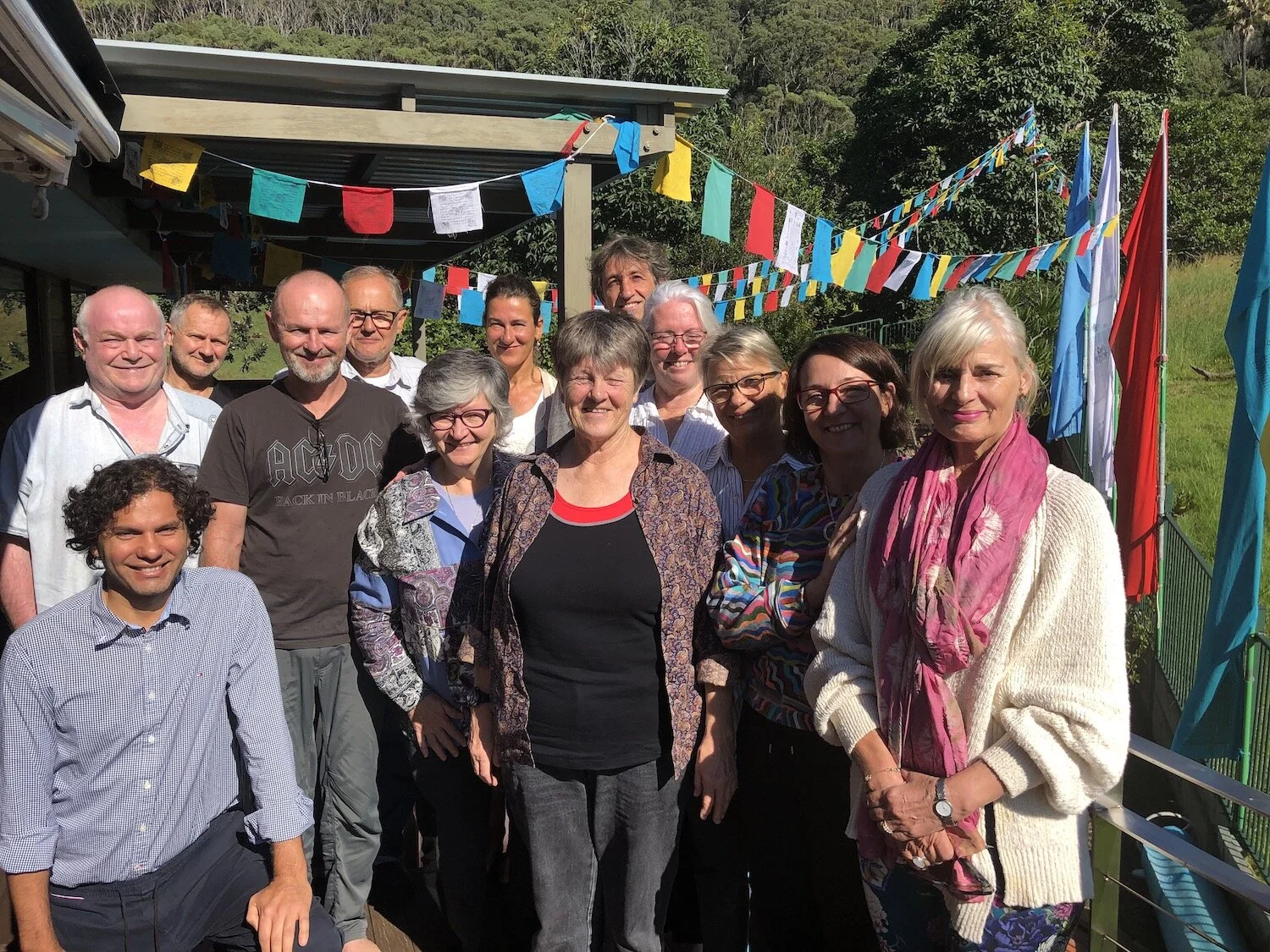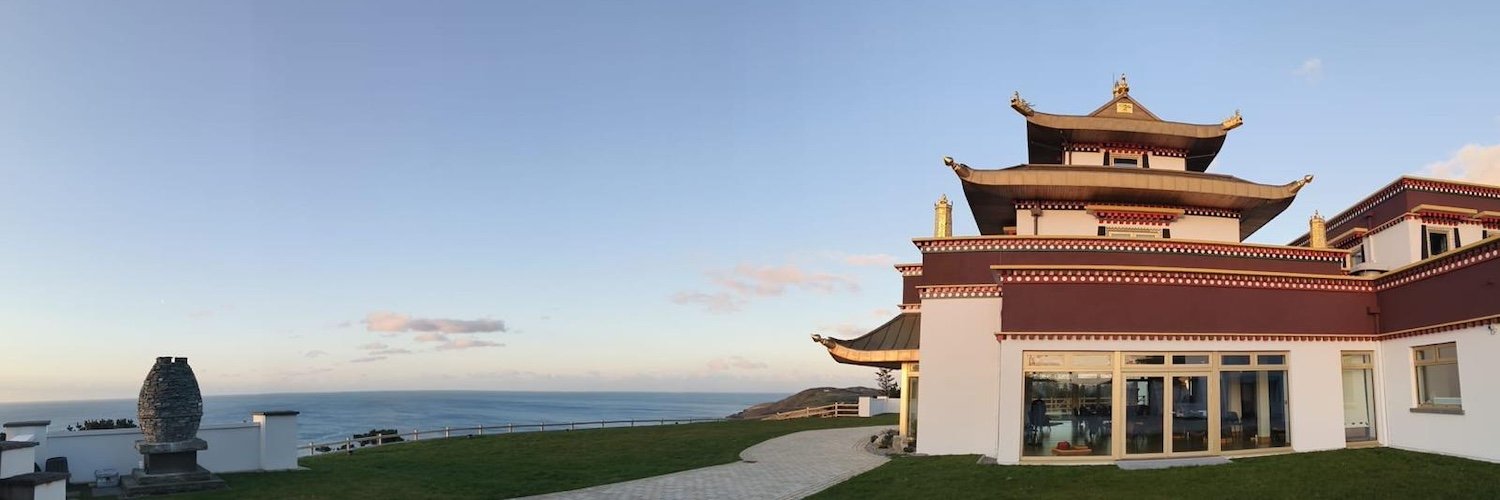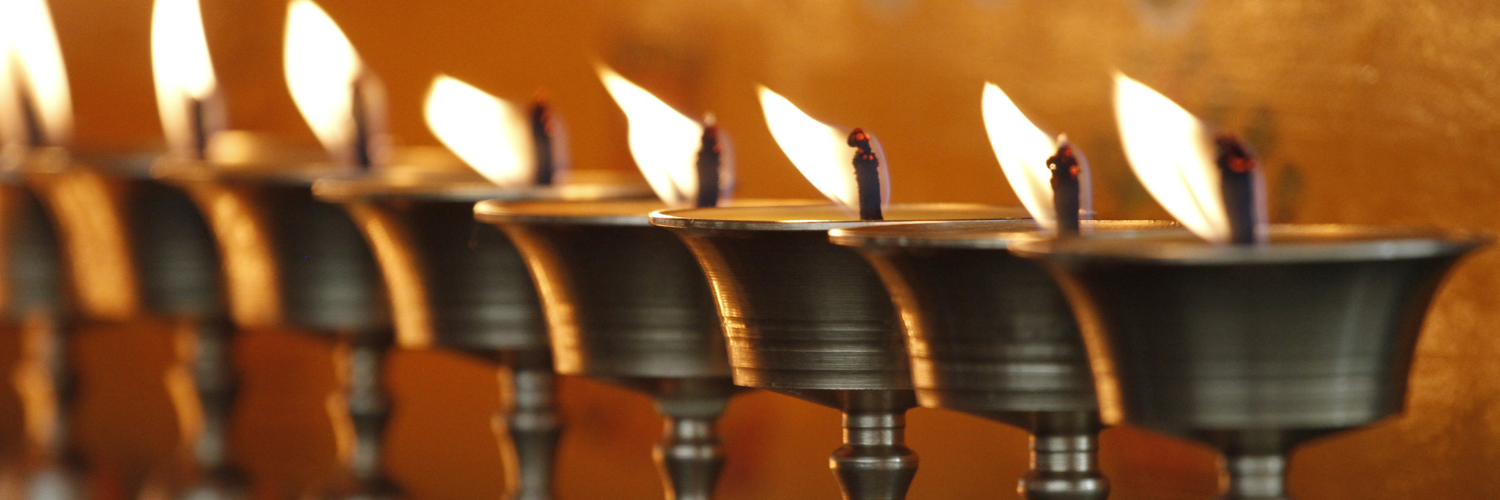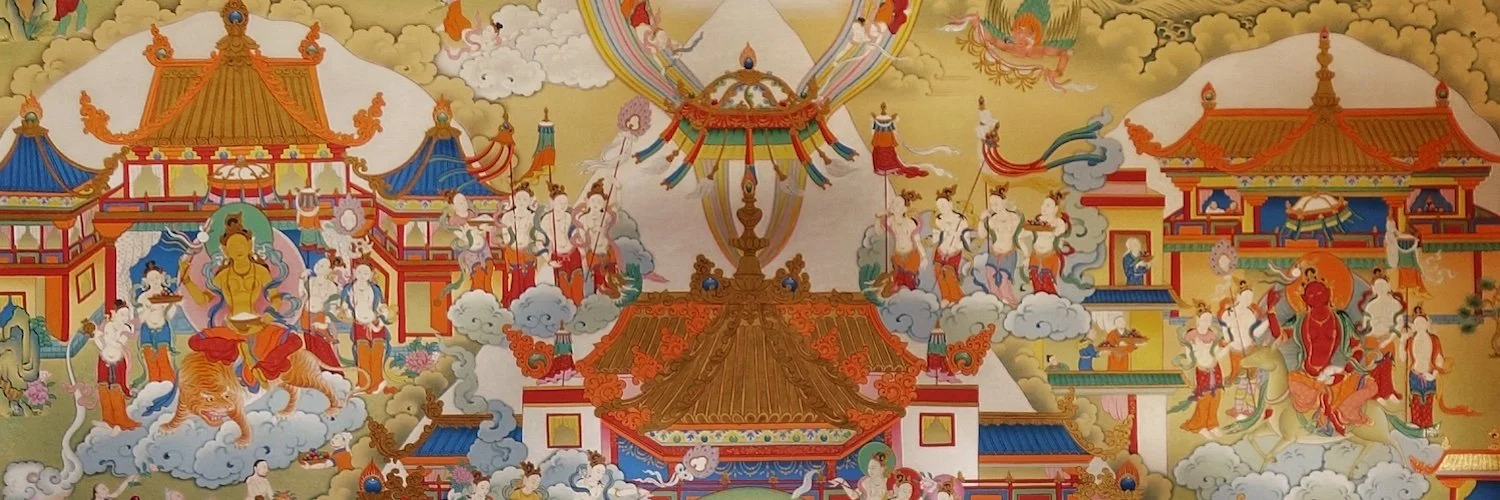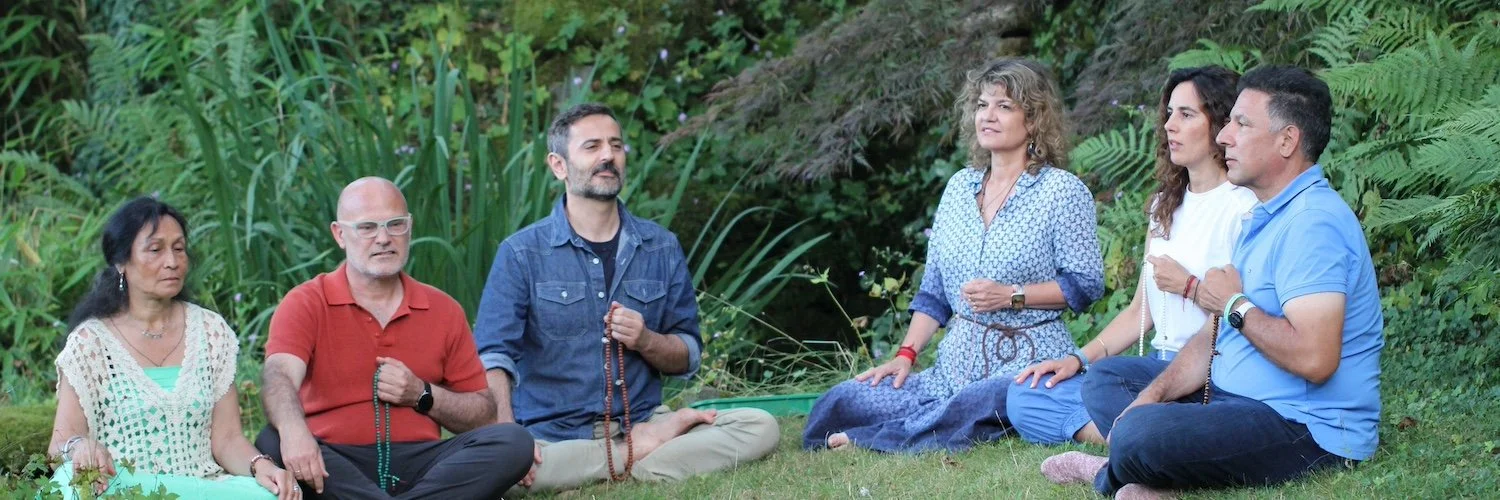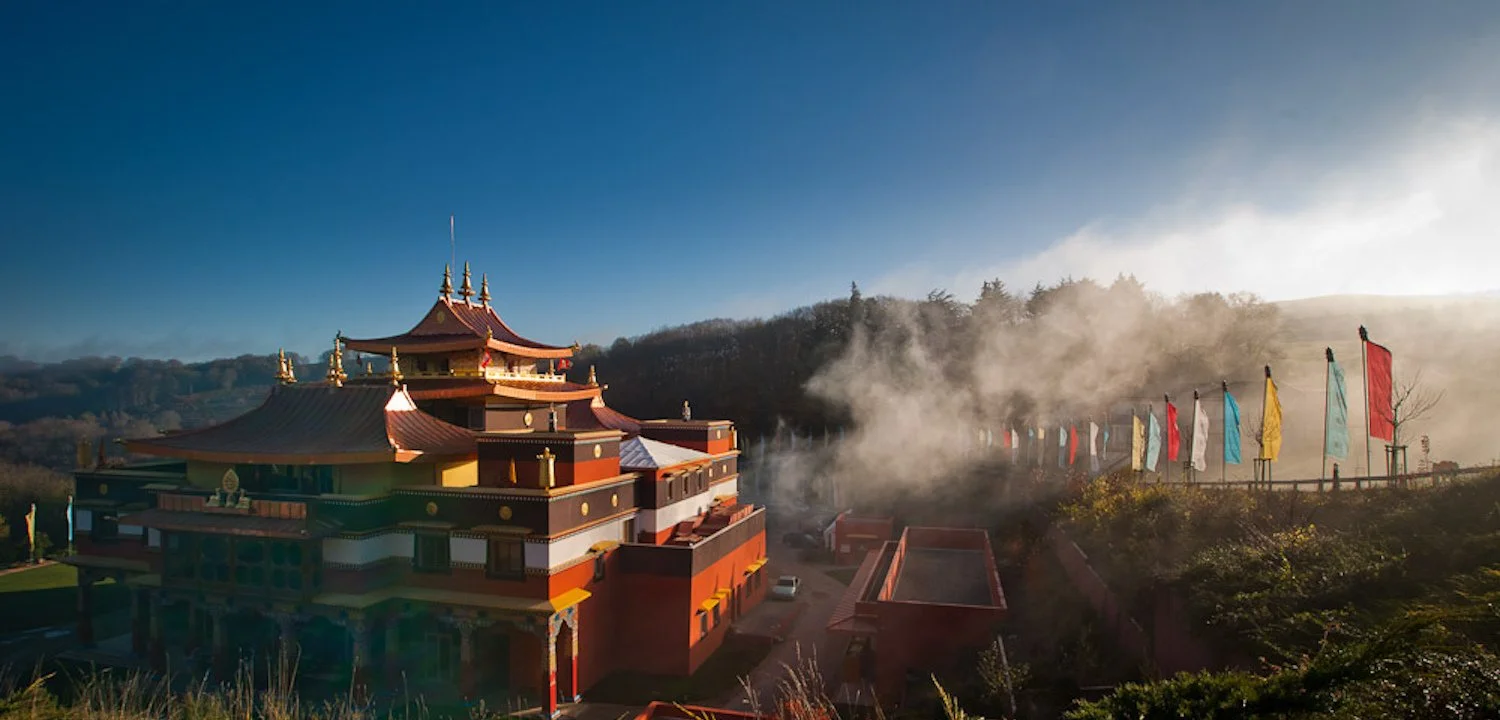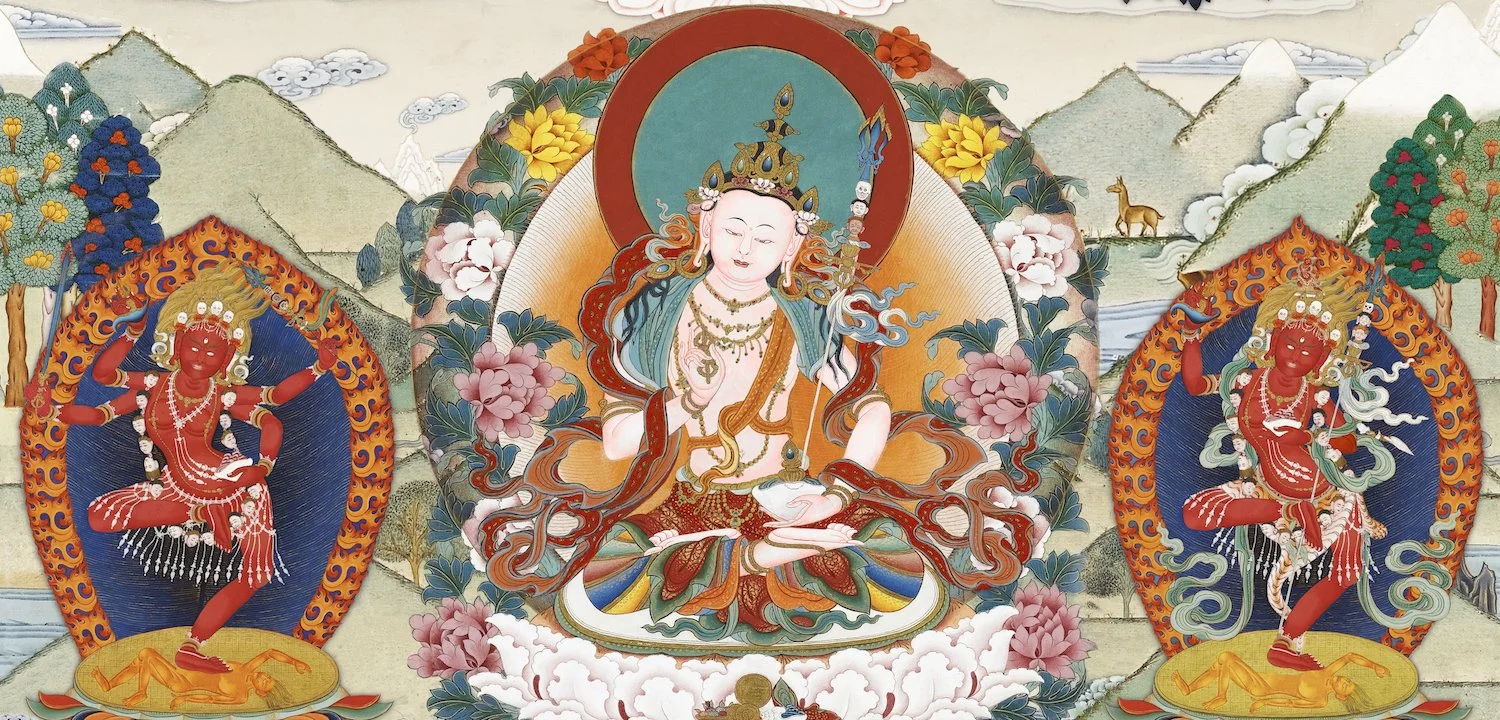Connecting with Vipashyana in the Australian Vipashyana Practice Retreat
Sherab and Jane Gray
“Vipashyana in Tibetan is lhaktong. Lhak means unique and tong means seeing. When you go beyond the ordinary mind of subject-object duality, and realise mind’s ultimate nature, this is the clear seeing, the profound insight, the wisdom that realises egolessness. This is what will uproot delusion and liberate us from samsara.”
Sogyal Rinpoche. The Tibetan Book of Living and Dying
Over 50 Home Retreat 2.0 students from Australia and the UK gathered together in person and online in May for a one-week Vipashyana practice retreat.
As part of their quest to explore the ultimate nature of reality, students deepened their practice experience of moving from shamatha to vipashayana and eventually to the nature of mind. They learned about the two types of vipashyana in the dzogchen tradition; then focussed on training in analytical vipashyana; and had opportunities throughout to directly ascertain the view of vipashyana.
The group began each day with Riwö Sangchö practice, followed by one hour of group meditation practice and two personal study sessions. In the evening, the group gathered for practice clarifications, discussion and teachings. Other than this evening session, the retreat was held in silence.
Retreat group at Blueys House
Thirteen students attended the retreat from Blueys House near the Myall Lakes, which was Rinpoche’s home in Australia and remains a sacred place for Rigpa students to undertake retreats. Despite the approach of Winter, the sun shone each day at Blueys Beach and many retreatants swam during their lunch break before resuming their study and practice in the afternoon. Student described the environment as “blessed” and “incomparable”.
Retreat group at Airey’s Inlet, Victoria
Another small group of students gathered together in a beach house in Airey’s Inlet in Victoria, while the rest attended online.
Retreat Zoom group
Almost every one of those who followed the retreat said they felt confident or very confident that they could hold their own personal retreat in future. Their feedback also showed the format worked well.
“It’s probably the first time that things are falling into place for me at all levels. The logic and the progression of the practices, what to pick up and what to let go along the way was so clear and systematic that for once I was able to visualise a map, and see a landscape unfolding. It’s probably the intimacy and the focus in the retreat that allowed me to settle and be spacious to naturally walk the path.”
“I can't explain how happy I was with the progression.Vipashyana has been difficult for me as I want to do it correctly, and keeping the progression experiential made all the difference to my understanding. It has also made me realise how important it is to have a strong base of shamatha. Thank you so much for keeping it experiential.”
During the retreat, participants were invited to creatively express their experience through artwork, photography or text. One participant, Ros Thomsen, wrote a poem expressing her insights:
A poem on impermanence ….
It seems our own impermanence is concealed from us
The trees stand firm, the houses we live in are still there.
We alone flow past it all, an exchange of air.
Everything conspires to silence us, partly with shame, partly with unspeakable hope….




